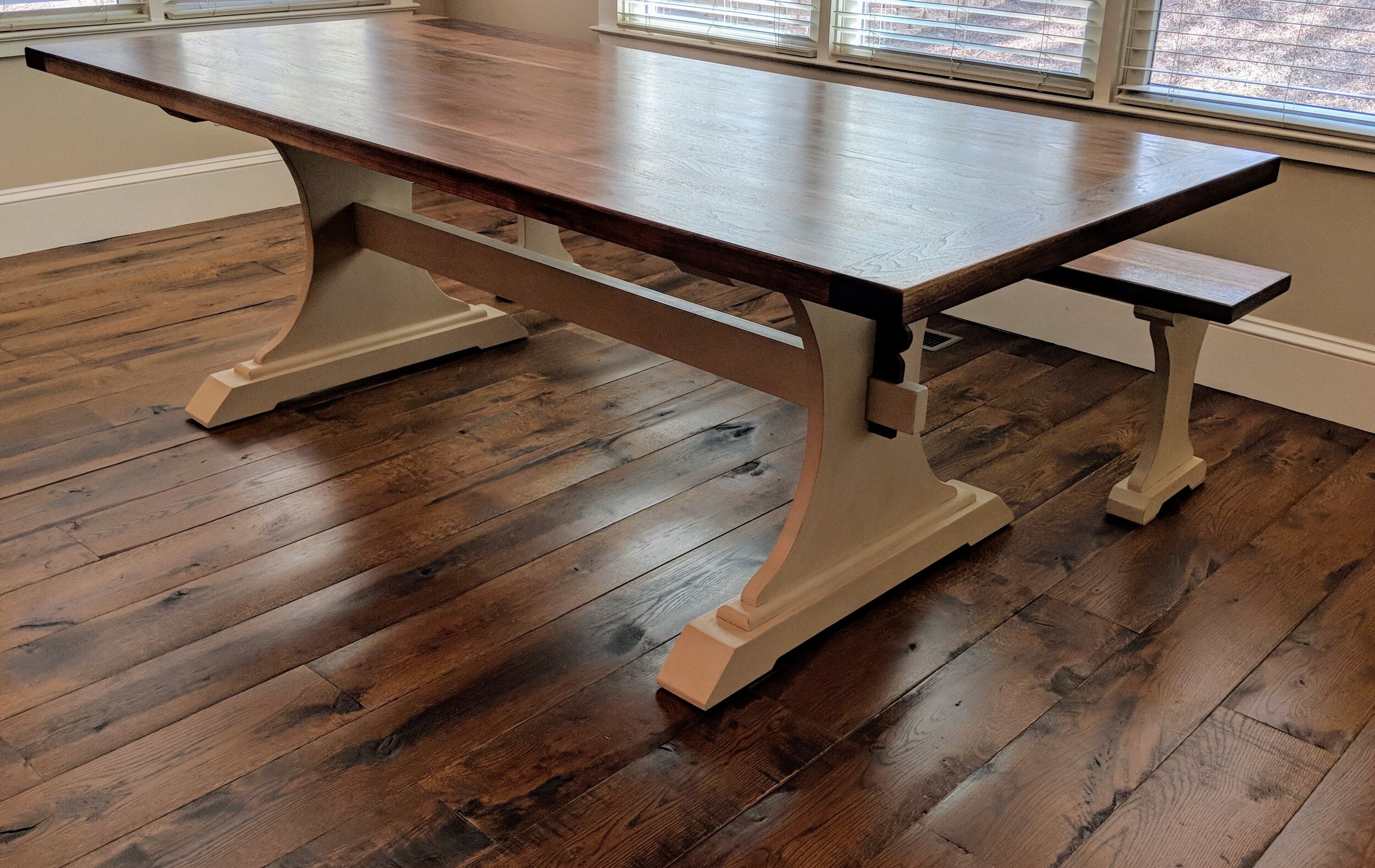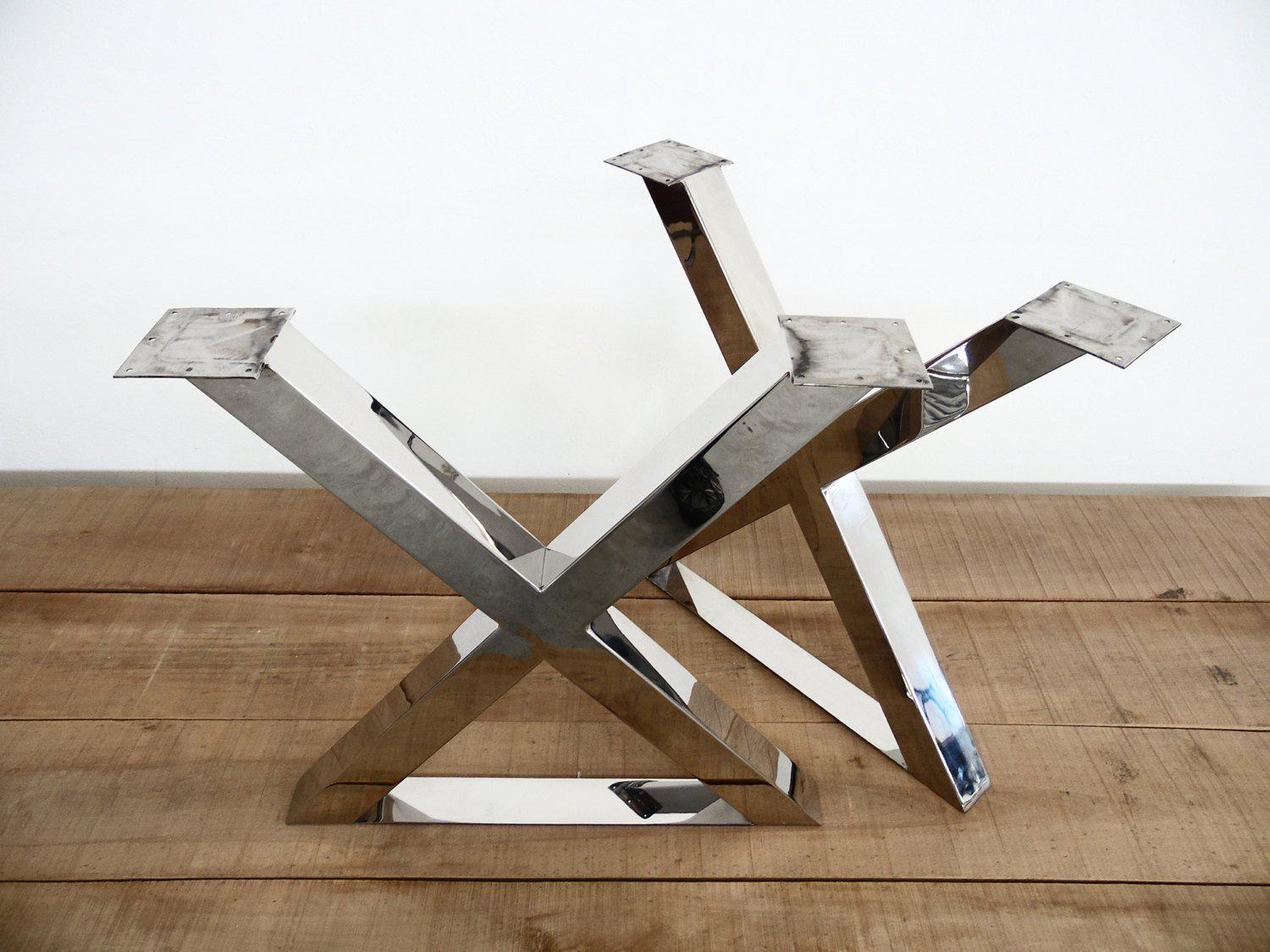From Conventional to Modern: Discover the Perfect Dining Room Table Legs for Your Design
The option of dining-room table legs plays a critical role in specifying the overall personality of your space, linking the space between traditional workmanship and modern aesthetics. While traditional designs such as cabriole and transformed legs evoke a feeling of timeless refinement, contemporary designs like hairpin and geometric alternatives offer an opportunity for striking aesthetic interest. Reviewing the best equilibrium in between these styles calls for a nuanced understanding of your existing decoration and individual preference. As you think about these components, the question stays: just how can you perfectly incorporate these varied leg styles to produce a harmonious eating experience?
Comprehending Table Leg Styles
The range of dining-room table leg styles can substantially affect both the appearances and functionality of the area. Each leg design adds special functional functions and visual elements, catering to varied layout choices and usage requirements. Understanding these designs is critical for picking the ideal table that aligns with your general interior design vision.
For instance, conical legs use a clean, classic appearance that can improve a space's elegance, while stand bases supply stability and make best use of legroom, making them suitable for smaller sized spaces. Barrette legs, a trademark of mid-century contemporary design, present an industrial panache, permitting an airy, open feeling. Likewise, trestle legs stimulate rustic appeal, offering durable support and a feeling of eternity.
Wood legs can bring heat and structure, whereas steel alternatives typically share a sleek, modern ambiance. Eventually, comprehending table leg designs is important for producing a natural dining area that shows individual design while ensuring practicality and comfort.
Typical Table Leg Options
When selecting dining space table legs, standard alternatives often symbolize ageless sophistication and workmanship. These designs reflect a rich heritage and a commitment to high quality, making them suitable for those that value timeless aesthetic appeals.
Among one of the most famous typical leg designs is the cabriole leg, characterized by its graceful curved shape. This design frequently features ornamental carvings and is most typically discovered in Queen Anne and Chippendale furniture. One more prominent choice is the turned leg, which boasts a series of smooth, rounded forms that give a timeless appearance while keeping security.
Moreover, the straight leg, while basic, uses a strong and unadorned framework that can blend flawlessly with a variety of tabletop designs. For those attracted to ornate outlining, claw-and-ball feet legs evoke a sense of grandeur and can work as a magnificent focal factor in any type of dining space.
Last but not least, stand bases, although not strictly legs, provide a different typical choice that enables ample legroom and can be beautifully sculpted. Each of these conventional leg styles adds to the general ambiance of an eating space, marrying feature with aesthetic appeal.

Modern Table Leg Designs
Modern table leg layouts provide a varied series of styles that highlight clean lines and ingenious materials. These layouts commonly prioritize performance while working as striking prime important link focus within an eating area. Minimal aesthetic appeals are prevalent, with legs crafted from materials such as steel, glass, and engineered wood, which add to a modern and airy feeling.
One preferred design is the barrette leg, identified by its slender, conical framework that provides stability without frustrating the tabletop (dining room table legs). This style is commonly found in mid-century contemporary furnishings and can easily complement different table shapes. One more pattern is the usage of geometric shapes, where legs may handle angular or asymmetrical types, including visual rate of interest and a touch of creativity

Mixing Designs for Special Areas
Commonly, house owners seek to create unique eating rooms that show their personal style by mixing different style elements. This approach enables for the incorporation of diverse aesthetics, resulting in an unified yet unique environment. look here Pairing a rustic wood table with smooth, modern steel legs can create a distinctive contrast that elevates the space's overall allure.
Furthermore, incorporating vintage table legs with contemporary table tops can evoke a feeling of history while keeping a contemporary perceptiveness. Such mixes not only display individual preference but additionally encourage creative thinking, enabling home owners to curate an area that really feels both personal and welcoming.
Color plays a critical role in this mixing process; choosing table legs that enhance or contrast with the existing color design can improve aesthetic interest. Whitewashed legs can soften the daring of a dark table surface, producing a well balanced visual.
Tips for Choosing the Right Legs
Choosing the right table legs is essential for accomplishing both capability and aesthetic charm in your eating room. Begin by considering the general design of your area. Traditional settings gain from legs that include intricate carvings or turned styles, while modern rooms might call for sleek, minimalist styles.
Following, examine the elevation and stability of the legs. dining room table legs. Basic table vary in between 28 to 30 inches in elevation, so make certain the legs complement this measurement for comfort. Additionally, robust materials, such as hardwood or metal, can improve stability and durability
Examine the leg form too-- alternatives consist of right, tapered, or stand layouts. Straight legs supply a timeless appearance, while conical legs can include a touch of style. Pedestal bases provide ample legroom and are excellent for smaller sized rooms.
Verdict
In recap, selecting the perfect dining area table legs needs careful factor to consider of both standard and modern styles. By integrating leg style, elevation, and material with the total design, a cohesive and welcoming atmosphere can be attained.
The range of eating space table leg designs can considerably affect both the aesthetic appeals and functionality of the room. Ultimately, recognizing table leg styles is important for developing a cohesive eating area that see mirrors personal style while ensuring functionality and comfort.One of the most famous traditional leg designs is the cabriole leg, characterized by its stylish curved form. Straight legs offer a traditional appearance, while tapered legs can add a touch of sophistication.In recap, choosing the ideal eating area table legs calls for cautious factor to consider of both standard and modern designs.
Comments on “Find the Ideal Dining Room Table Legs for Any Interior Design Style”